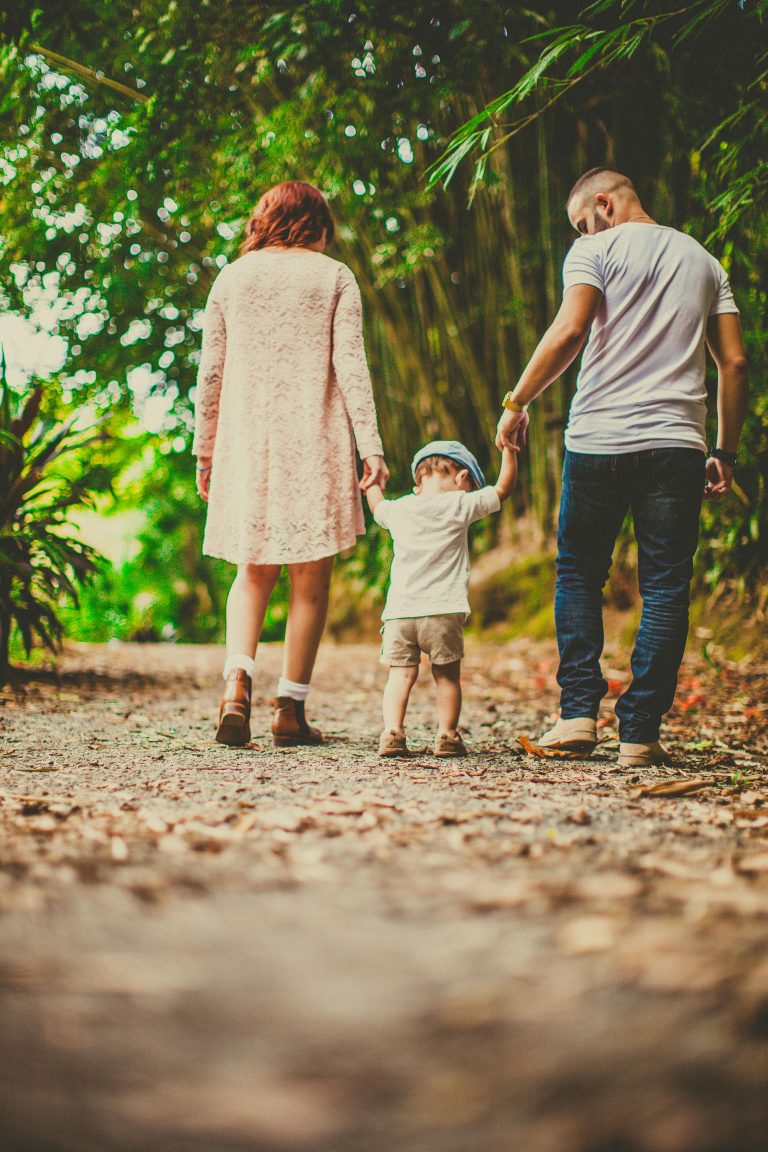7 Ways to Improve Your Communication Skills
Communication is defined as the process of transferring information from one place, person or group to another. Unfortunately, with us humans, it isn’t always that simple and we often have misunderstandings. Apart from affecting our relationships with those around us, a tendency to be misunderstood or to misunderstand can have a huge impact on how we see ourselves, as well as on the narratives we form around our lives.
Ideally, we would want to communicate in a way that allows for an exchange of thoughts, feelings, ideas, and leads to a mutual understanding, and to a feeling of being heard, seen, understood and, thus, connected.
People with better communication skills have a significant advantage in life. They experience the rewards of positive relationships, they do better in school/at work, have a better self-image and, in general, are much more resilient as they face life’s inevitable challenges. We all have a different natural ability and different environmental factors that contributed to the way we communicate today. But there’s no question that, with practice, effective communication can be learned and adopted.
Being a psychotherapist, I’d always say “dig deep” and find the root cause. But we can’t only do that. Life is what’s happening right now. So, while you’re also doing that, here are some helpful tips you can start considering or implementing straight away.
1) Listen. In order to respond adequately, first take a good look at your listening skills. If you’re unsure as to how you’d rate them, try interviewing those around you and getting some feedback. To paraphrase the old Latin proverb – there’s a reason we have two ears and only one mouth. We need to listen and hear well, which is very necessary for clarifying any potential misunderstandings. We need to acknowledge the other person’s fears, needs, thoughts and perceptions, without any judgment. Be open to what they’re saying, and don’t cling onto every little detail or every inefficient word formulation they may have made.
2) Don’t forget non-verbal communication. 65% of what’s communicated comes from nonverbal communication – our facial expressions and body language. When giving a presentation, for example, you get a very different impression if you’re listening to a person that’s slouching, looking away from the audience etc. than if you’re looking at someone with good posture, who’s facing the crowd and using a lot of well-timed gestures that serve to emphasize the points they’re making. Even when we’re not saying anything, the way we hold ourselves, and the direction we’re facing are actively sending a message. For example, in a meeting, try to look engaged by sitting upright, keeping an open stance and eye contact. When a close friend is opening up to you, try leaning towards them, maintaining eye contact and also keeping an open stance…
3) Think about yourself and your typical ways of expressing yourself. As we learn to convey our interests, values and problems, we build our sense of self-acceptance and self-confidence. This helps us approach others more freely, which in turn leads to forming stronger connections and developing more personal dialogues.
4) Be aware of your old wounds. If you already know yourself to an extent where you’re aware of your triggers or past hurtful experiences, in each situation that happens, try to remind yourself that how you felt in that painful situation (to give a very rough example – when your dad missed your most important soccer match), has nothing to do with your partner not being able to make it home for dinner because she’s stuck at work.
5) Don’t assume. Assumptions lead to misunderstandings. If you’re unsure about what someone meant, or if you’re interpreting something someone close to you said as something hurtful, check in with them by saying something like “If I understood you correctly…”, “Are you trying to say…?”, “when you say it like that, what I hear is this: …”. Don’t let pride or lack of communication disrupt a relationship.
6) Awareness in the very moment. When you encounter a problem in communication, first try to precisely identify it – when did it begin? Who said what to whom? Try to look at the situation in a very objective way (as objectively as possible seeing that you’re a participant as well). Next, check in with yourself and see how you feel (or, as cognitive-behavioral professionals would say, how your interpretation of the situation or other person’s actions made you feel). Check in with yourself again and determine what it is you need (for example – “I feel a need to be closer to you”).
7) Be assertive. Now that you know what you want, own it and see how you can potentially get it. After you’ve gone through all the stages of step 6, all that’s left to do is communicate it in an assertive way – it’s time to, without judgment or “blame” language, express yourself in the presence of another. Don’t speak in general terms, be precise, concise and concrete. Stick to the point so what you’re trying to say doesn’t get lost in the pleasantries or irrelevant details. Do your best to be heard and to get your message across, while remaining open to the other person’s experience.
Keep in mind that the foundation of all these techniques has to be a wish and will to go towards the other, to meet another person and to come to a mutual understanding. Experiencing immediate rewards after trying out new ways of being and interacting, can be highly motivating in turning those new behaviors into our patterns.
If you think that you can benefit from professional support on this issue you can reach out here.
Branka Mlinar is a psychologist and Gestalt therapist offering psychotherapy and counseling to adolescent and adult individuals. She’s mostly worked with problems of anxiety, interpersonal and relationship issues, procrastination, work-related stress, trauma, and grief.
References:
Rosenberg, M. B., & Chopra, D. (2015). Nonviolent communication: A language of life: Life-changing tools for healthy relationships. PuddleDancer Press.
Shapiro, L. E. (2004). 101 ways to teach children social skills. Bureau for At Risk Youth (via Incentive Plus).
Suzić, N.: Pedagogija za XXI vijek, Banja Luka: TT-Centar, 2005.







